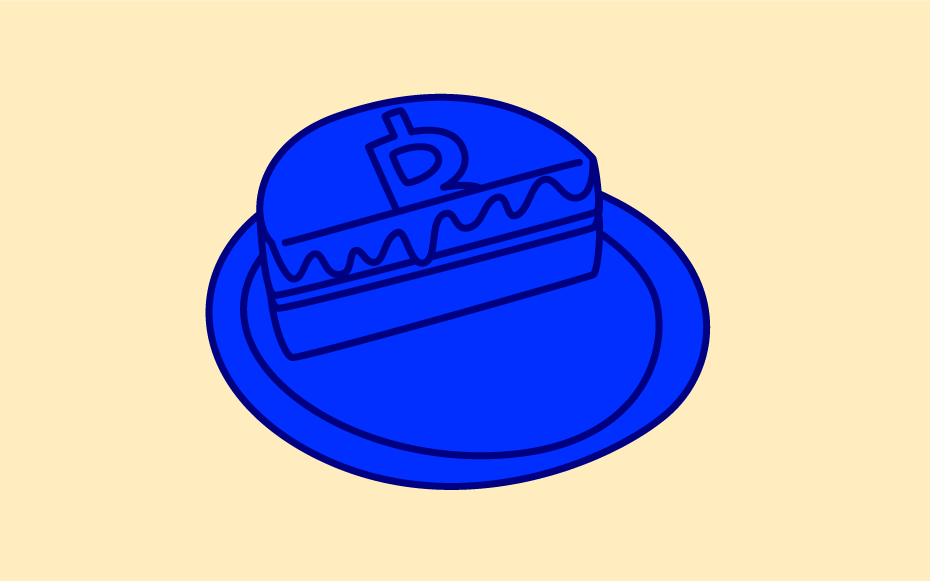Bitcoin, the pioneer and still the most prominent cryptocurrency, has a unique mechanic ingrained in its code: the halving. Approximately every four years, or technically, every 210,000 blocks, the reward for mining a new Bitcoin block is cut in half. As we approach the 2024 halving event, there's a mix of speculation, anticipation, and uncertainty within the crypto community.
History of Bitcoin Halvings
To understand the significance of the 2024 halving, it's beneficial to revisit the previous halvings:
2012 Halving: The first-ever halving occurred in November 2012. The reward dropped from 50 BTC to 25 BTC. Following the event, the price of Bitcoin saw a significant increase over the subsequent year.
2016 Halving: This halving brought the reward down to 12.5 BTC. Similarly, Bitcoin's price saw substantial growth in the period following the halving, culminating in the late 2017 surge.
2020 Halving: The reward reduced to 6.25 BTC. As history repeated itself, Bitcoin's price soared, reaching new all-time highs in late 2020 and 2021.
While it's tempting to draw direct correlations between halvings and price surges, various factors, like broader market dynamics, technological advancements, and regulatory developments, play crucial roles.
Economics of Scarcity
Economics of Scarcity
Bitcoin's total supply is capped at 21 million coins. With each halving, the rate at which new Bitcoins enter circulation slows down. This built-in deflationary mechanism is grounded in the economic theory of supply and demand.
Theoretically, as the supply of new Bitcoins decreases, demand holds or increases, leading to potential price appreciation.
Theoretically, as the supply of new Bitcoins decreases, demand holds or increases, leading to potential price appreciation.
Miners and Their Role
Mining is the process by which new transactions are added to the Bitcoin blockchain. Miners use computational power to solve complex mathematical problems, and in return, they're rewarded with newly minted Bitcoins. The halving directly impacts their profitability.
When the reward is halved, miners need to reassess their operations. Some might find it unprofitable to continue, especially those with higher electricity costs or older, less efficient hardware. This can lead to a reduction in the network's overall hash rate, at least temporarily. However, if Bitcoin's price increases sufficiently post-halving, mining profitability can be restored.

Speculations and Predictions
While it's challenging to predict the exact outcomes, here are some common speculations about the 2024 halving:
Price Increase: Many believe that the halving will result in a price surge, given the historical trend.
Miner Dynamics: A temporary drop in hash rate might be expected post-halving, but an eventual recovery is anticipated as less efficient miners exit and the network readjusts.
Mainstream Adoption: By 2024, Bitcoin's integration into mainstream financial systems and its adoption as both a store of value and medium of exchange might be more advanced. The halving could be a catalyst for further adoption, as the mainstream financial media and general public increasingly focus on Bitcoin's scarcity and potential long-term value.
Technological Advancements: By 2024, we can anticipate advancements in blockchain technology, improvements in the Bitcoin protocol, and the development of more sophisticated financial instruments around Bitcoin. These advancements could influence the market dynamics post-halving in ways we haven't seen in previous cycles.
Regulatory Environment: The regulatory landscape for cryptocurrencies is continually evolving. By 2024, Bitcoin might face either more stringent regulations in certain jurisdictions or broader acceptance and integration into the global financial system. The nature of these regulations could have significant implications for Bitcoin's price and adoption post-halving.
Market Maturity: With every passing year, the cryptocurrency market matures. By the time of the 2024 halving, we can expect a more mature market, with improved liquidity, more sophisticated trading tools, and a broader base of institutional and retail participants. This maturity could temper extreme volatility seen in earlier halving events.

The Bitcoin halving of 2024 is a milestone in the cryptocurrency's journey. While history provides some insights, it's crucial to remember that the past doesn't always predict the future. Multiple factors, from technological innovations to global economic conditions, will play a role in shaping Bitcoin's post-halving trajectory.
As always, those interested in investing or participating in the Bitcoin ecosystem should approach with caution, armed with as much information as possible, and be prepared for the inherent volatility and risks associated with cryptocurrencies. The 2024 halving will, without doubt, be a pivotal chapter in Bitcoin's ever-evolving story.
